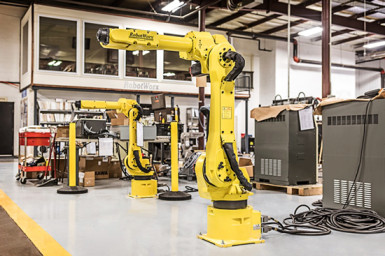Network storage is an essential aspect of any company’s productivity. By a good storage management, small businesses can increase their server performance, simplify data management, back up their lost data, improve application accessibility, and be ready in any situation of disaster.
There are main three types of network storage. Which are:
- Direct Attached Storage (DAS)
- Network Attached Storage (NAS)
- Storage Area network (SAN).
The SAN is most famous method of achieving the goals of small businesses.
Although SANs is also used to be the domain of larger organization, a growing number of small businesses are testing and using these networks. As costs decrease and the storage demands increase, investment in SAN is also used in a great number of organizations.
So, in this article to help you we will talk on SAN in detail. So let’s begin it.
What Is SAN (Storage Area Network)
A storage area network (SAN) is a high-speed network that gives its users block-level network access to storage. SANs includes hosts, switches, and storage devices that are interconnected with each other by using different technologies, topologies or protocols. SANs also span various sites.
A SAN presents raw data pool to a server infrastructure over a dedicated network connection. This presentation of storage data to a host is accomplished by the use of various types of virtualization.
How does a Storage Area Network (SAN) work?
A SAN is a great speed network that provides its users very fast access to storage. In simple words, it’s actually an example of data virtualization. The SAN takes all the burden of the Local Area Network (LAN) through moving storage traffic towards itself, and storage devices. In turn, the SAN helps to speed up the performance of LAN because it isn’t load with massive storage needs.
Types of SAN
SANs vary in size and complexity from very few servers to thousands of servers. The size of the SAN for your business depends on your business needs.
SANs work on either:
- Fiber Channel technology (FC)
- Internet Small Computing System Interface (iSCSI)
The iSCSI solution is cheap than FC, which makes it very attractive for many business and organizations. However, FC technology has greater capacity, which makes it famous for those businesses who want uninterrupted data access.
Whatever you pick up SAN, both types of SAN are great and gives you same advantages.
What is the difference between SAN and NAS?
Both Storage Area Network (SAN) and network attached storage (NAS) are types of network storage but both are different each other in following ways:
- Network attached storage NAS is Ethernet based, while Storage Area Network SAN can use both Ethernet and Fibre Channel.
- SAN main focuses is high performance and low latency, NAS main focuses is ease of use, manageability, scalability, and lower cost of ownership.
- Unlike SAN, NAS storage controllers divide the storage and then own the file system. This makes a NAS server look like a Windows or Linux server to the server consuming the storage.
Advantages of Storage Area Network (SAN)
The advantages of SAN are following.
Efficiency
Rather than having many servers with different levels of hard drive utilization, a SAN gives its users to pool of storage and dynamically find what each server requires its means now you’ll spend less on drive and use the space on SAN more efficiently.
Scalability
There’s a limit on how many drive your servers can collect or on how much time you spend on managing storage space on those servers. Besides its limits, they’re more scalable It’s mean it also managing a single storage pool.
Redundancy
Due to redundant drives and power supplies SANs ensure you that your data is secure and available in the event of all serious hardware failures. In SAN With its ability to virtualize servers, you’re protected if your server fails.
Price
This is the big drawback of a SAN. SANs aren’t worth the investment for every business. There are many enterprise servers present that gives same functions to that of a SAN on very lower cost. However, if you want the full pack of benefits provided by a SAN, then it’s worth the higher price.
Conclusion
With a SAN, you can take the benefits of faster backups, improved scalability, and increased your data security. Enterprise SAN technology is not for everyone. But if your applications needs continuous operations and the advantages of universal access to data, then you should use enterprise SAN. Whatever your needs, this is a great architecture around which is operate your business.






















































































